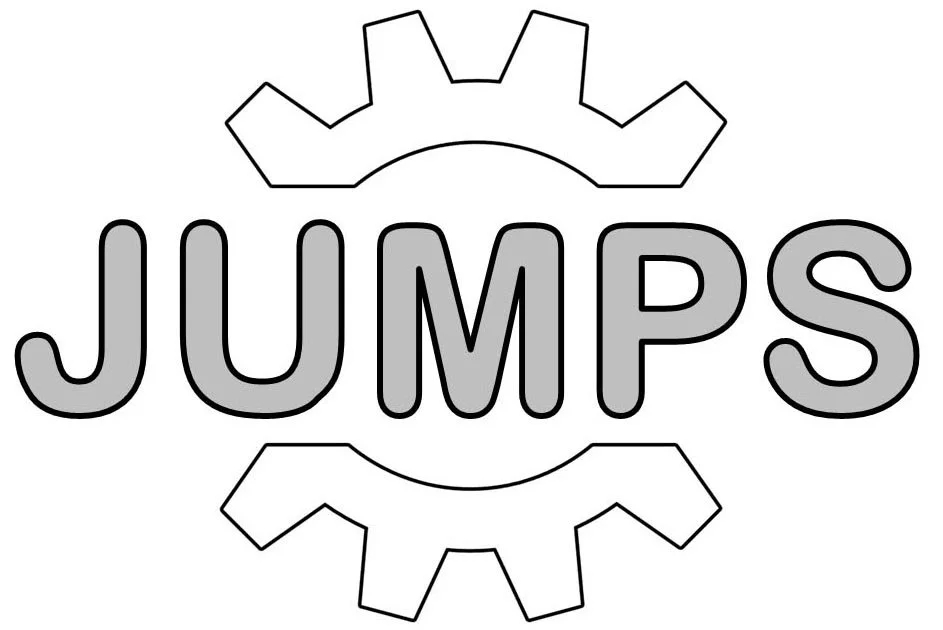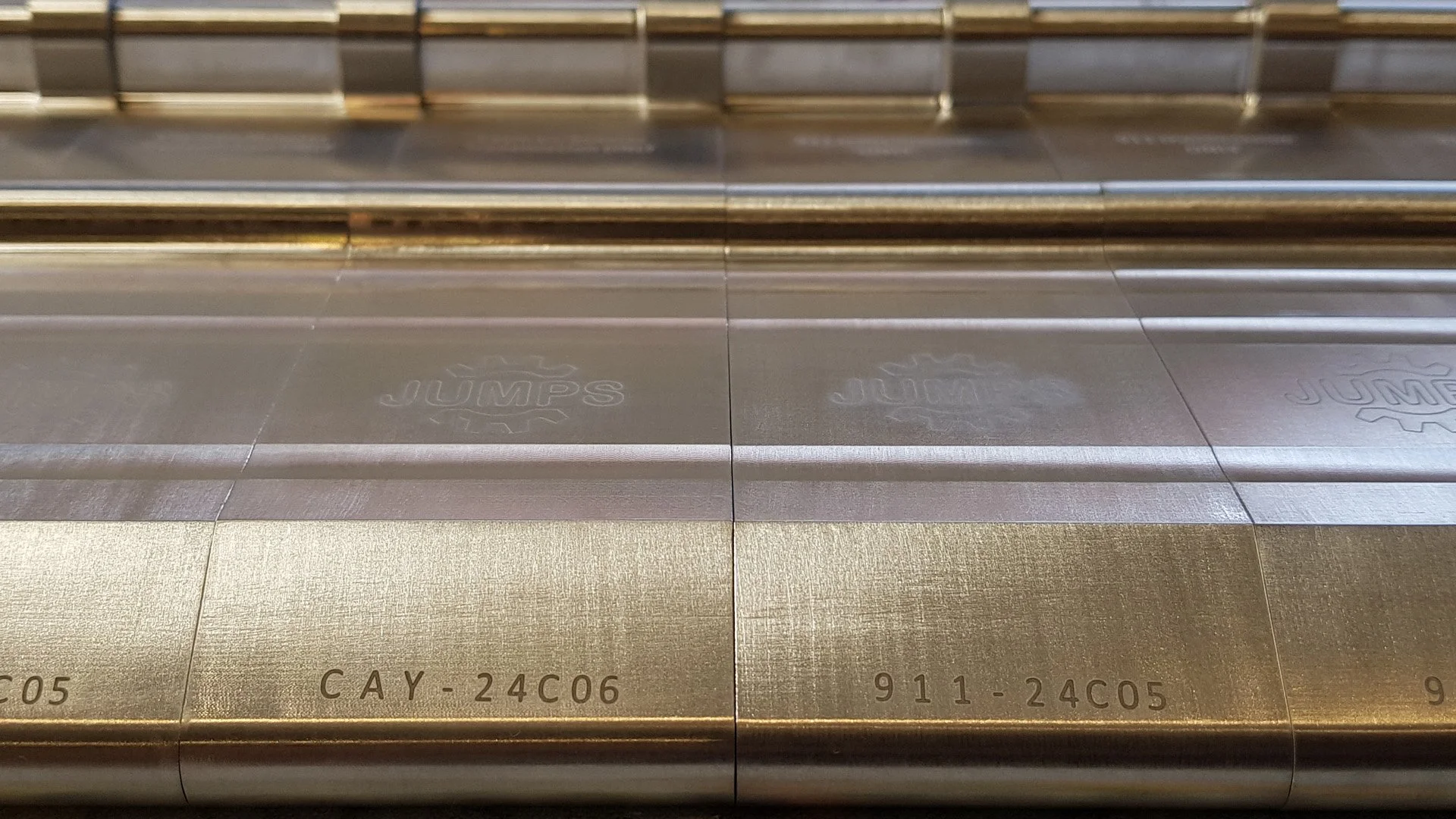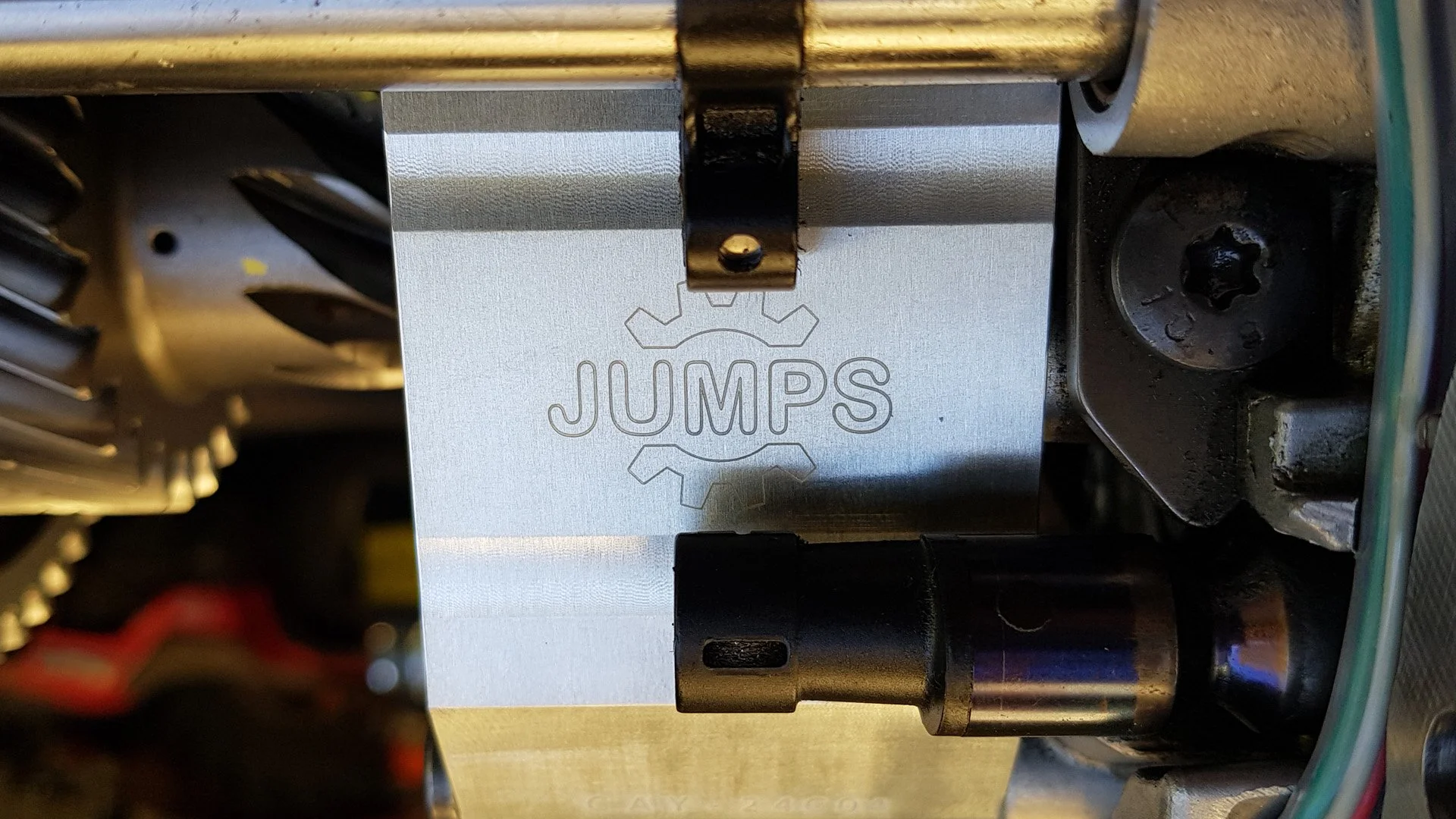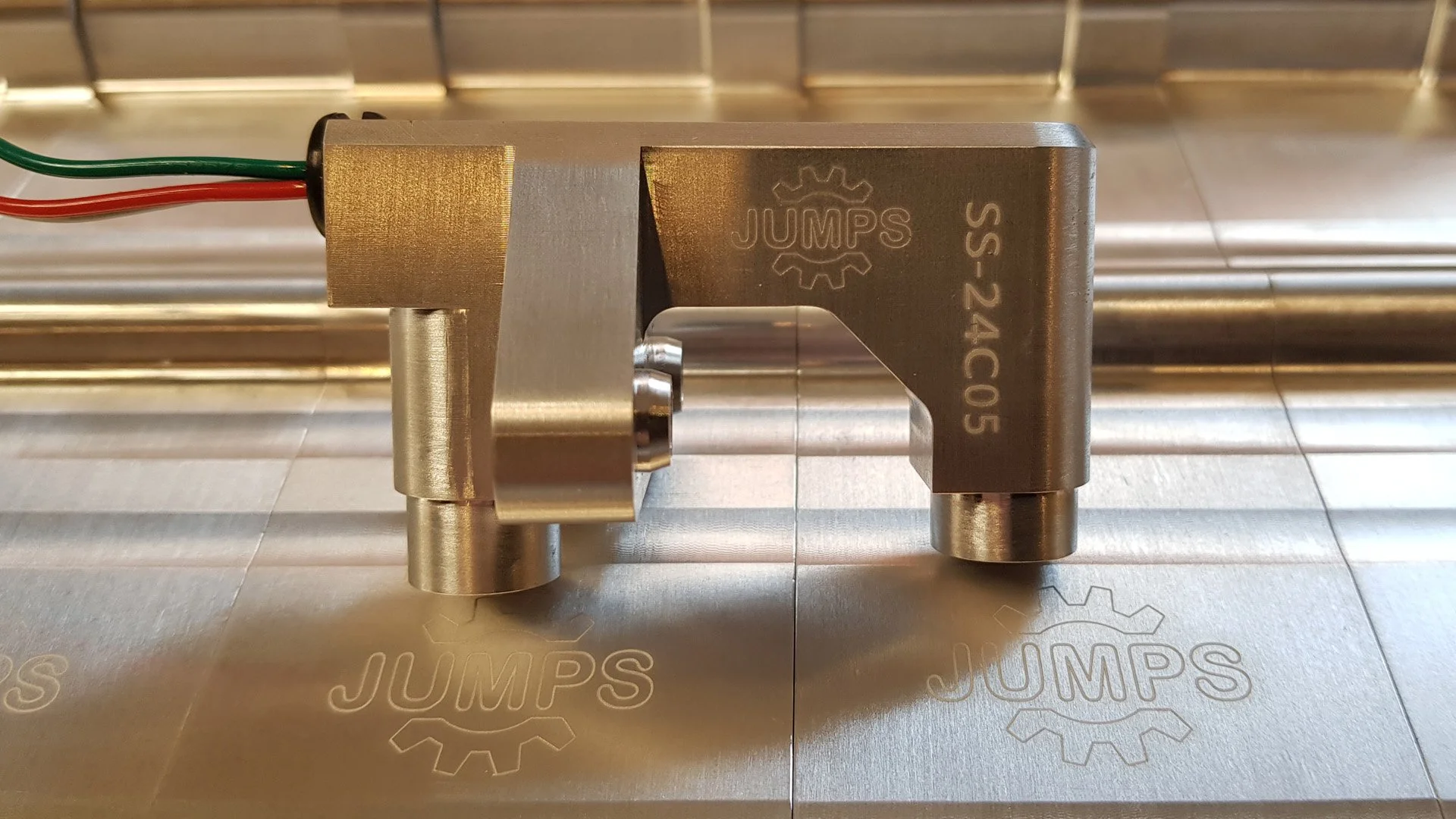Frequently Asked Questions
Why is the sensor made in two versions, one for the 911 and the other for the Boxster or Cayman?
The sensor is flipped over when installed in the 911 compared to the Boxster or Cayman. During development it became clear that this was going to compromise the sensor responses and make calibration difficult, so two different designs were developed. This turned out to be a very good design choice, as the JUMPS sensor calibrates much more easily than other aftermarket sensors where a single version is used in both transmission types.
The sensor is far less expensive than other options. Why don’t you charge more?
The aim of the project was to provide a sensor solution that worked very well, was easy to install, and was a reasonable price. We wanted to look after Porsche enthusiasts. I (Jeff Richardson) retired at the age of 52. Life has treated me well and gouging the Porsche community for as much money as possible was something the JUMPS team has no interest in. I simply charge what I think is a fair price considering the R&D and effort/cost to make the sensors.
What is the sensor warranty?
12 months replacement warranty. If the sensor is shown to be faulty within 12 months of purchase, the sensor will be replaced free of charge.
Do you always have sensors in stock?
Yes. It would be very unusual to not have stock that can be immediately shipped.
How long does it take the sensor to get to me?
Depending on how the remote the location, it normally gets delivered within a week. I have found DHL express to be very reliable and quick. For example, delivery to most locations in the USA will normally take about 5 days, and sometimes less. DHL express do their own customs clearances during transit, so there are rarely delays.
Do you have plans to make a sensor suitable for other platforms or transmissions?
No. Developing a sensor takes a lot of time, effort and resources. The members of the JUMPS team are sports car enthusiasts so this is where we put our efforts.
Do I need to calibrate the sensor after installation even if the car is driving OK without it?
Yes. Without going into the technical details of why, a ‘calibration without previous parts replacement’ should be performed for best performance and transmission self protection. This is the case even if the car is driving fine without a calibration being performed. The ‘calibration after parts replacement’ routine should be avoided as this conducts additional routines that are not required and are prone to failure.
Do I need to use PIWIS for the calibration or can I use another aftermarket diagnostic tool?
While some aftermarket tools have a calibration function, there are numerous examples of where using an aftermarket tool has wiped the TCU coding, causing significant work and expense to correct the fault. This is a known problem that can occur with any replacement sensor, and is not related to the JUMPS sensor. It seems to be more prevalent with the 987/997 platform. For this reason use of aftermarket tools for the calibration is not recommended.
Who makes the JUMPS sensor?
I do (Jeff Richardson). I live on a property where I have a number of workshops. The production facilities have been set up here, and the sensors are all constructed by me using components sourced from around the globe, mainly from North America and Europe. Making a consistent and accurate sensor is not an easy task and requires significant tooling and attention to detail. I take a lot of pride in what I produce, so I spend considerable time to ensure the sensors I sell are the highest quality possible.




